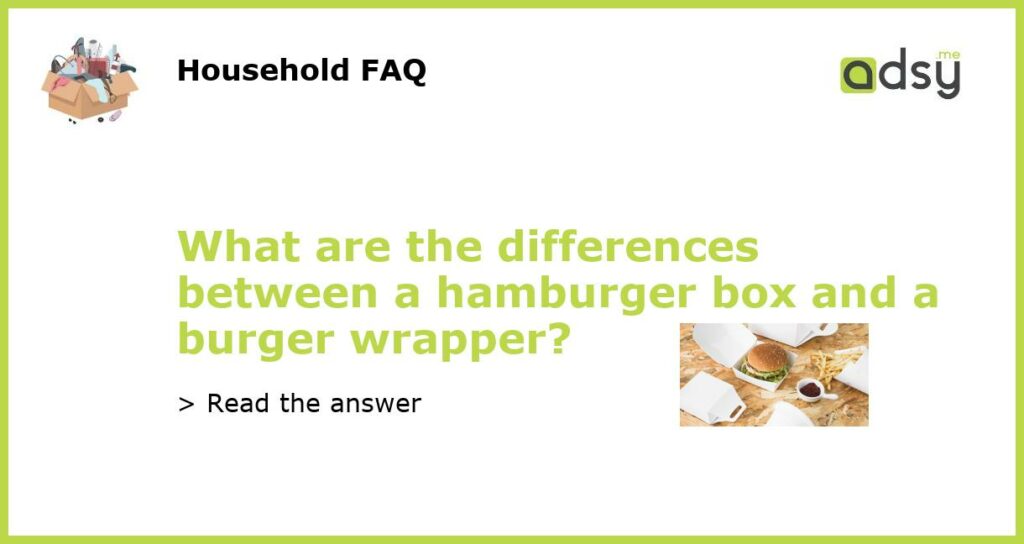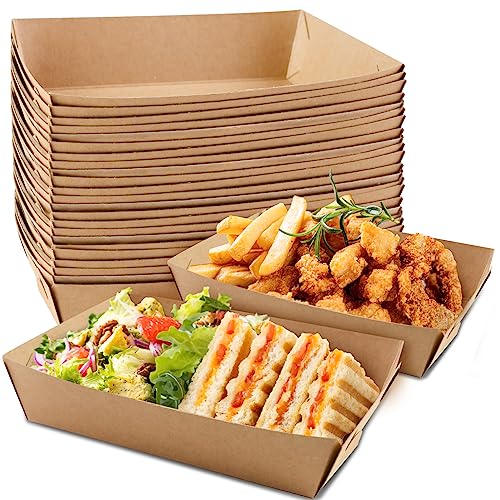Difference in material
A hamburger box is typically made of paperboard or corrugated cardboard, which adds to its sturdiness and allows it to hold up against grease and moisture from the burger. On the other hand, a burger wrapper is usually made out of thin paper or waxed paper, which offers less protection against the burger’s juices.
Difference in design
Hamburger boxes are usually designed to hold the burger and the fries separately, with compartments for each item. In contrast, burger wrappers are designed to wrap around the burger and keep it secure. They can also often be customized with the restaurant’s logo or branding.
Difference in usability
While hamburger boxes are convenient for takeout orders or delivery, they are not as mobile as burger wrappers. This is because they are typically larger and bulkier, and the compartments make it harder to hold everything with one hand. Burger wrappers, on the other hand, are more portable and easier to eat on-the-go.
Difference in environmental impact
Burger wrappers are typically more environmentally friendly than hamburger boxes since they use less material and are easier to recycle. Hamburger boxes often have a plastic coating, which makes them difficult to recycle and contributes to plastic waste. Many restaurants have started using eco-friendly burger wrappers made from recycled paper or other sustainable materials.
Difference in cost
Hamburger boxes are usually more expensive than burger wrappers due to the materials used and the design. However, some restaurants may prefer to use hamburger boxes for their sturdiness and ability to hold multiple items. Burger wrappers are a more affordable option and are often used for fast food or quick-service restaurants.






